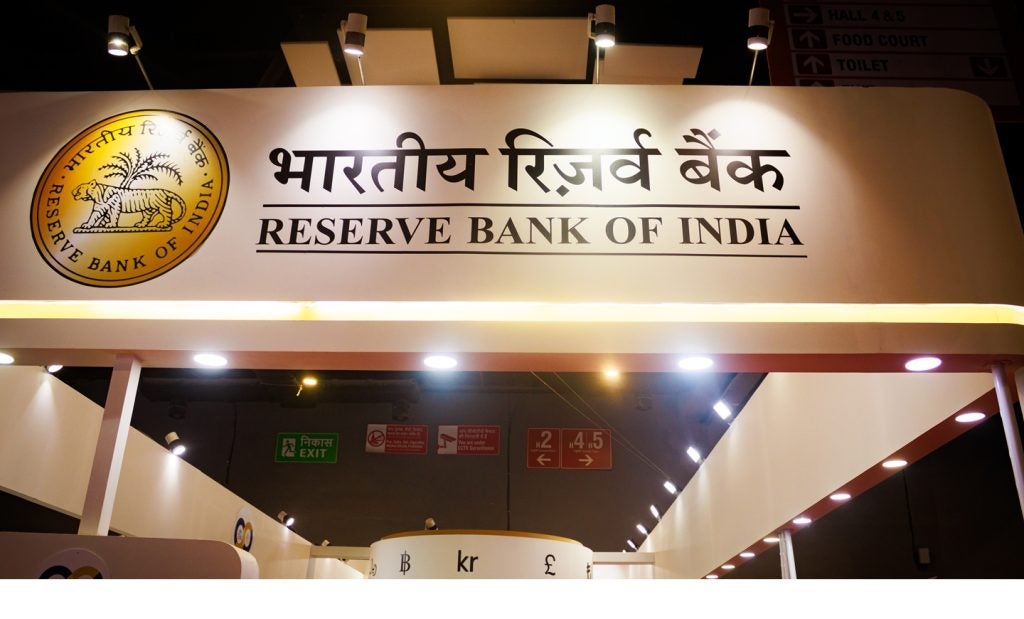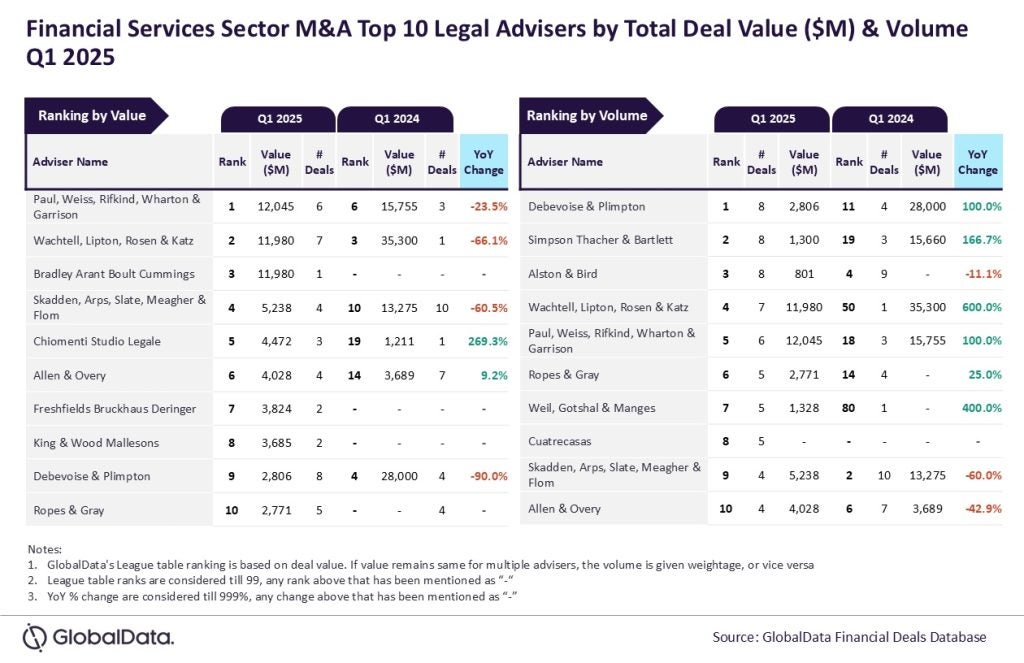Mobile banking in the US is
approaching the end of the large bank installation expansion phase,
with the majority of the country’s top 50 banks offering the
service. In its place, banks and vendors will attempt to
differentiate themselves to meet increasingly sophisticated
customers’ demands, according to Celent.
 The top 50 financial
The top 50 financial
institutions in the US will have to adopt increasingly innovative
methods of mobile banking to attract customers and snap out of the
plateau the channel growth has reached, according to a report,
Are Banks from Mars, Mobile Banking vendors from Venus?,
from Celent, the research and advisory firm.
Despite half of the top 50 financial
institutions (FIs) in the US adopting mobile banking technology by
the end of 2009, up from 10 banks in 2007, m-banking take-up by
banks has levelled off and shows little sign of increasing.
The key to promoting further growth is for
vendors and banks to merge their contrasting outlooks, if m-banking
is to be viewed as the ‘fifth channel’ (alongside branch, online,
telephone and ATM).
A new mobile banking phase is about to begin,
wherein banks and vendors attempt to differentiate themselves and
meet increasingly sophisticated customers’ demands.
Despite m-banking usage flattening, the top 50
FIs with m-banking in place already account for 80% of total
deposits in their peer group and represent 45% of the US deposit
base when taking into account all commercial banks, savings
institutions and credit unions in the US.
However, the report identifies areas for
further growth. Ally Bank, the online arm of troubled GMAC, and
Discover Bank are two examples of direct banks that do not offer
m-banking despite the channel being ‘a perfect fit for a non-branch
operational model’.
Celent predicts that one or both of these banks
will launch an m-banking programme in 2010.
The 17 major US retail banks which are yet to
launch m-banking account for around a 13% market share of total US
retail deposits. They include financial institutions operated by
local subsidiaries of Royal Bank of Scotland, TD Bank, Bank of
Montreal, BNP Paribas and Bank of Tokyo Mitsubishi UFJ.
In terms of customer take-up, the report
predicts a massive increase in m-banking users from 12.1m in 2009
to 77.3m by 2014, based on two main drivers: effective marketing
and the increasing availability of smart phones such as the Apple
iPhone (see chart, above right).
This follows the trend of a growing number of
banks to introduce downloadable applications for Apple’s iPhone in
an effort to boost mobile banking take-up (see RBI 626),
with iPhone customers seen as heavy m-banking users.
 For example, 43% of Bank of
For example, 43% of Bank of
America’s m-banking customers use the iPhone or iTouch.
By the end of this year, the report predicts
there will be about 18m m-banking users, with the majority of the
top 50 US banks with retail operations offering some form of
m-banking.
The channel’s relative low cost, compared to
in-branch service ($0.08 per transaction compared to $4) is also
expected to boost further m-banking growth (see
table).
Although banks and vendors share many views on
m-banking growth such as the need to target offline customers and
the continuing traction person-to-person (P2P) payments will gain,
differences of opinion have quickly emerged on how to turn the
m-banking vision into a reality.
Banks and vendors’ differing views include the
following:
• Banks see free mobile P2P offerings
as a realistic prospect, while vendors want to make money from
it;
• Vendors are often frustrated with
lengthy bank timelines that reduce competitive edge, but banks have
to deal with multiple systems and channels, and
• Banks see P2P as a cross-channel offering,
whereas mobile banking tech vendors inherently see P2P as a mobile
issue.







